Nine Ways to Give Back to Your National Parks
2 Comments
On National Park Week, you will get plenty of reminders of what makes the national parks one of our greatest treasures, and of how much they have to offer. In this post, instead, I will outline the many ways you can do something for them in return. While the links within are about the national parks, the principles apply to all our public lands.
Visit with friends and family
Visiting a national park is the easiest and most fun way to support them. Experiencing the parks first hand is what makes you part of the park’s constituency, the foundation that create an emotional connection and inspire you to help preserve them. Even better, try to visit with someone who has never been there, so that you can pass your appreciation to them and allow them to be inspired as well. Seeing a park is believing why it should be preserved. If you have kids, bring them to the parks. Nature is the perfect remedy to screen time and hopefully the great time spent there gives the next generation an appreciation for the parks. Not only they are preserved for the benefit of those future generations, they need their stewardship.
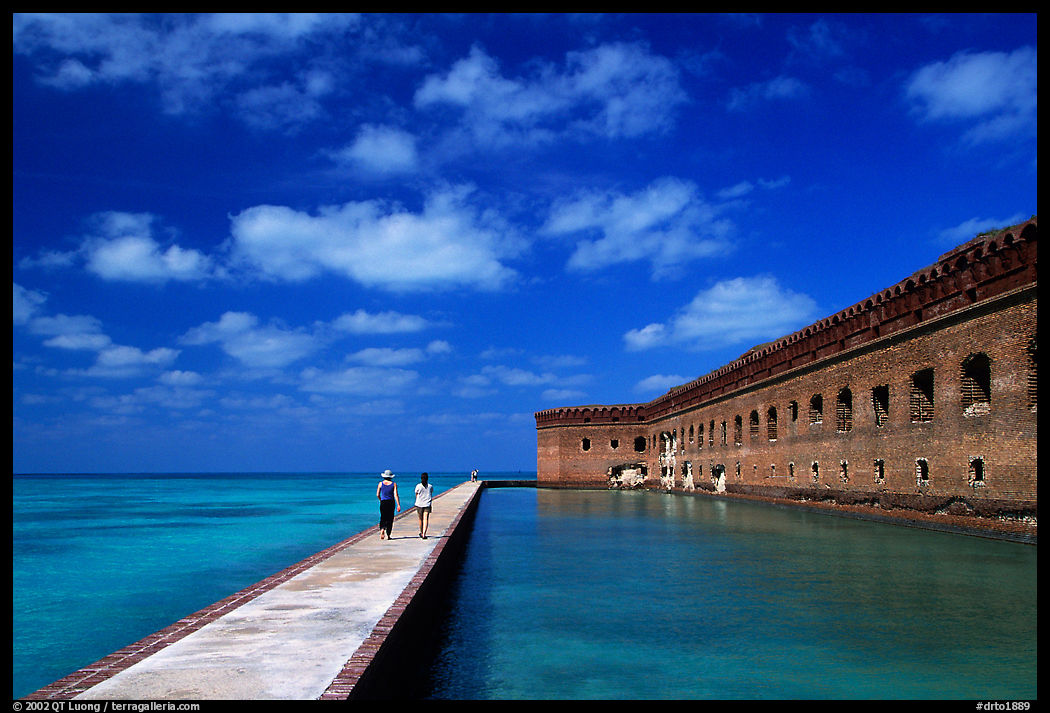
Take care of the parks
Leave the parks in better shape that you found them. Even when disposed properly, 100 million pounds of trash are left annually by park visitors. Taking whatever you bring into the parks out of them (unless you see recycling or composting bins) helps the parks reaching their “zero landfill” goals, and reduces the cost of trash removal. Bringing reusable coffee mugs, water bottles, and bags instead of disposable cups, bottles, and plastic bags reduces waste. If you are reading this, you are probably already following park rules and Leave no Trace principles, but not everybody is aware of them. The parks belong to you, pick up the trash. If you see someone doing something wrong, speak to them or to the rangers.
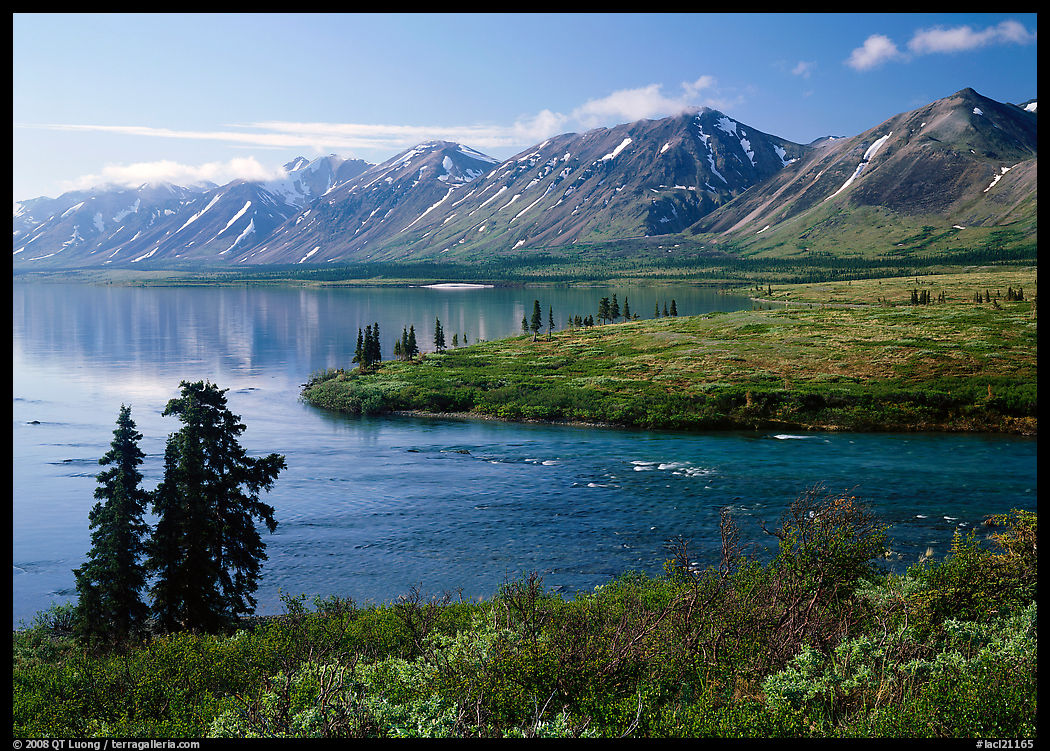
Share on websites and social media
Social media is a great vehicle for sharing your experience with people whom you do not even know, but are receptive to your message because it comes from a person just like them. They may re-share with their own audience, and who knows who you can reach. A simple picture from a trip to a national park on a social media platform may be the spark that inspires someone to plan a visit there, and a whole trip report can even be more inspiring. To move to the next level, learn about the importance of conservation for our parks by studying their history, for example through Ken Burns and Dayton Duncan’s The National Parks: America’s Best Idea series. This will allow you understand how much of a difference you can make, and to become a more informed advocate for them.Buy judiciously
Makers of a wide range of products donate part of the proceeds towards the national parks. Those products can even include services and trips. For an example, see the NPF gift guide. The apparel company Parks Project was set up to with the goal to contribute to the parks, and they are not alone.Any purchases in the appropriate stores also help support the parks. In particular, the gift shops found within the park visitor centers are all operated by a conservancy, and the profits go directly to the park. Some conservancies have online stores or affiliate links. Amazon offers a program called Smile which works a bit like affiliate links, as they donate a portion of proceeds from your purchase initiated via smile.amazon.com. Here is a list of charities with “national park” in their name.
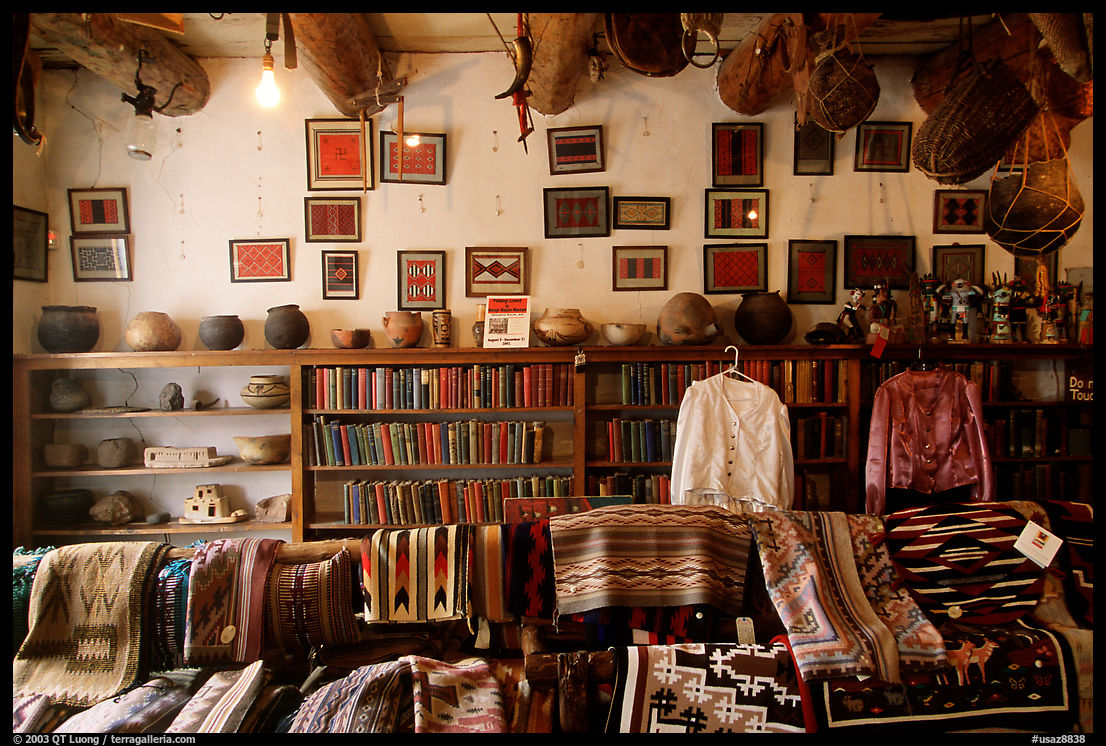
Speak up
The National Park Service (NPS) is often looking for public involvement and welcomes public input on new projects and proposals. Here is a list of projects with documents open for comment.Even when nothing is going on, it is always a good idea to let your elected representatives know that the national parks matter to you, and ask what they have done recently to support them. The NPS has a $12 billion maintenance backlog so budget bills are particularly important. The conservation organizations do a good job keeping track of more specific issues. For instance, the national parks (and other public lands even more so) are facing increased development threats within or near their boundaries. You can help fight those threats by contacting the press and politicians, signing petitions, commenting, sending letters, emailing, or calling your representatives, either in the House or Senate.
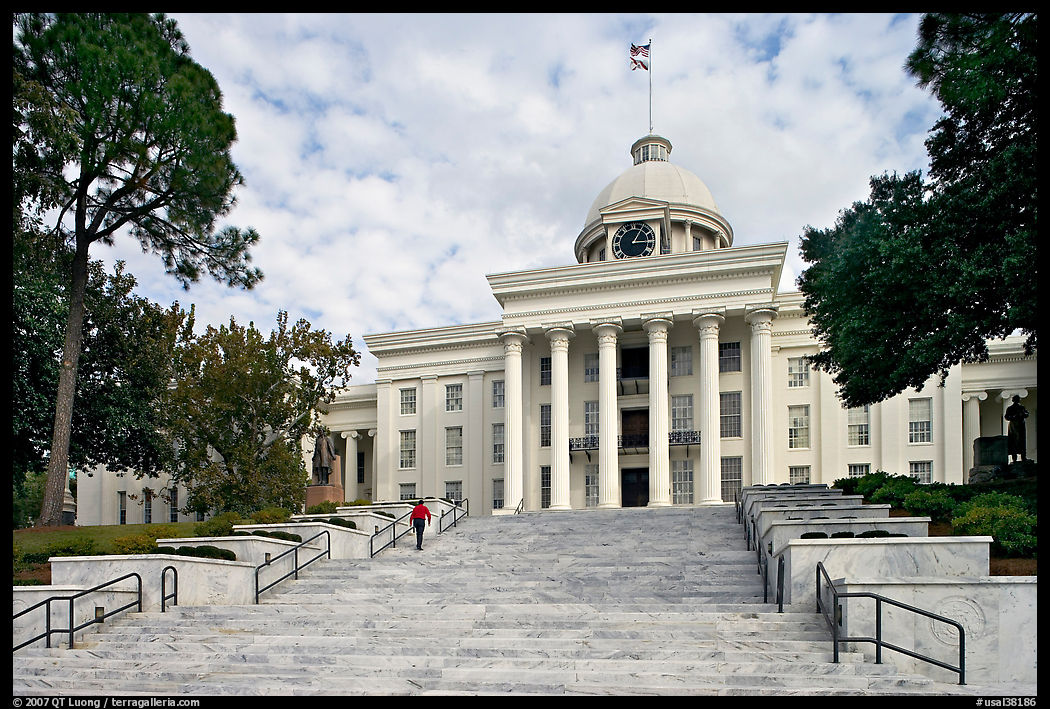
Join an organization
Conservation organizations allow concerned citizens to amplify their individual efforts towards a common cause. Most of the national parks are supported by a “friends” or “conservancy” association dedicated to that particular park. Being local, those conservancy organizations have boots on the ground, are more dialed in than national organizations, and often have less overhead since they are smaller.The two main national non-profit organizations that support the parks are the National Parks Conservation Association, “the independent membership organization devoted exclusively to advocacy on behalf of the National Parks System” and the National Park Foundation, “the official charity of America’s National Parks”. Refer to this explanation of the difference between them.
Beyond the park associations, more generalist environmental organizations have played a prominent role in advocating for the national parks. John Muir, the Sierra Club’s founder, was instrumental in their early development. The Wilderness Society advocates for keeping lands pristine, which is a major part of what the national parks are about. All four are excellent organizations and I am a member of them.
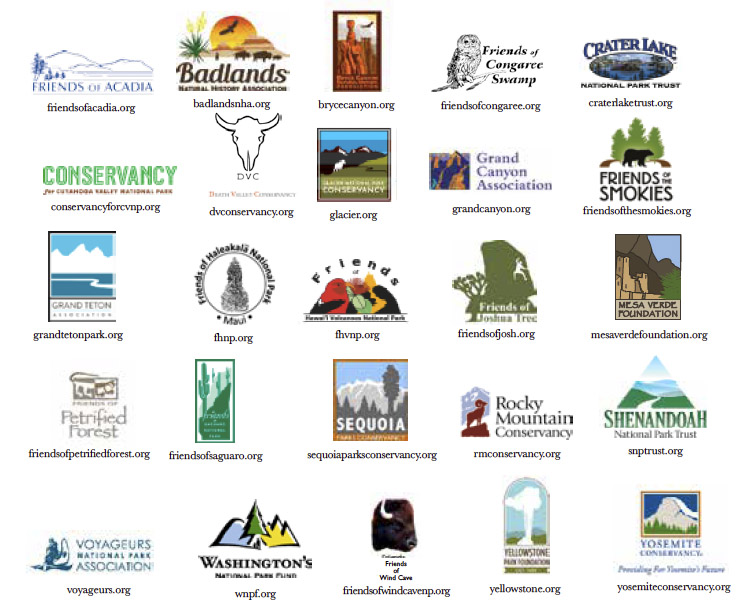
Donate money
The only direct donation to the government you can make is a contribution towards reducing the national debt: you cannot make a donation to an individual department. This is a reason why so many non-profit organizations were setup to work directly with the government. Besides a straight gift to a non-profit, you can get your employer involved. Many of them match charitable contributions made by employees, doubling the impact of each dollar you give. Others participate in workplace charitable giving campaigns. If your workplace is looking for a place to give, suggest a program such as Earth Share, or one of the non-profits that support the parks. A good site to research non-profits and evaluate their effectiveness is Charity Navigator.
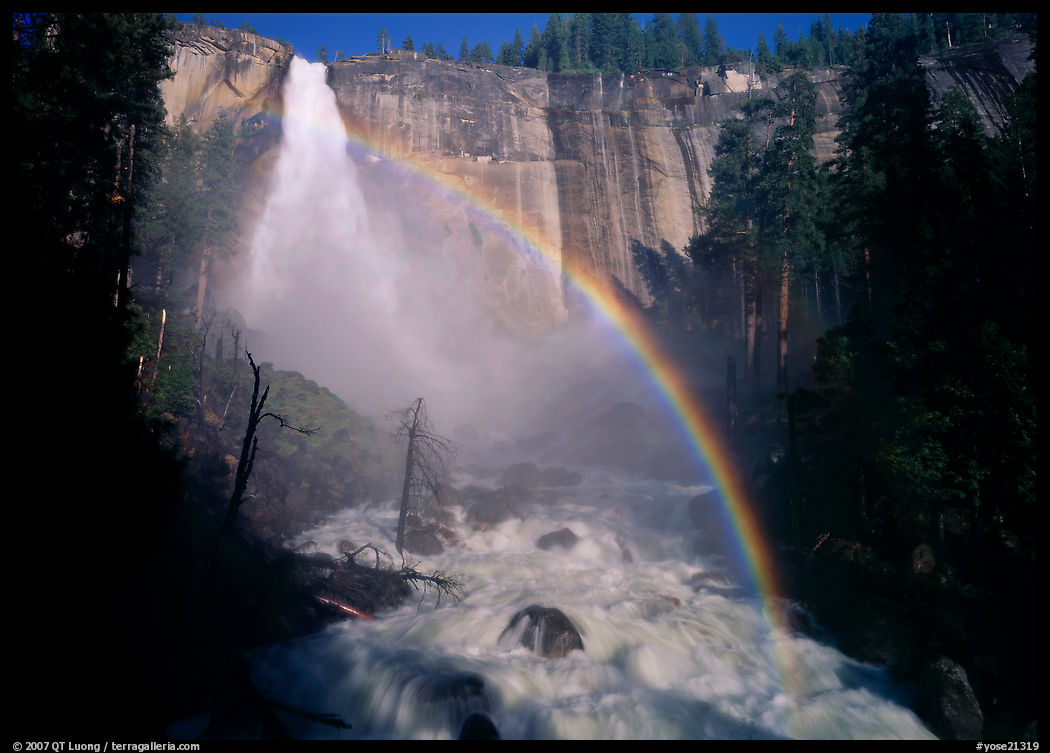
Volunteer
Because of The NPS is understaffed, a network of dedicated volunteers helps hold the loose ends together. The NPS has about 22,000 employees. More than 250,000 volunteers, who donate collectively millions of hours, perform such work as trail improvement, habitat restoration, waste removal, or visitor education. Each hour that you volunteer is an hour of service that doesn’t need to be performed by a NPS employee, freeing them to work elsewhere in the park. The NPS page for each park lists specific opportunities, or you can search the nationwide volunteer portal (enter “National Park Service” as the agency). A volunteer day is a great excuse to spend time in a park with like-minded people.
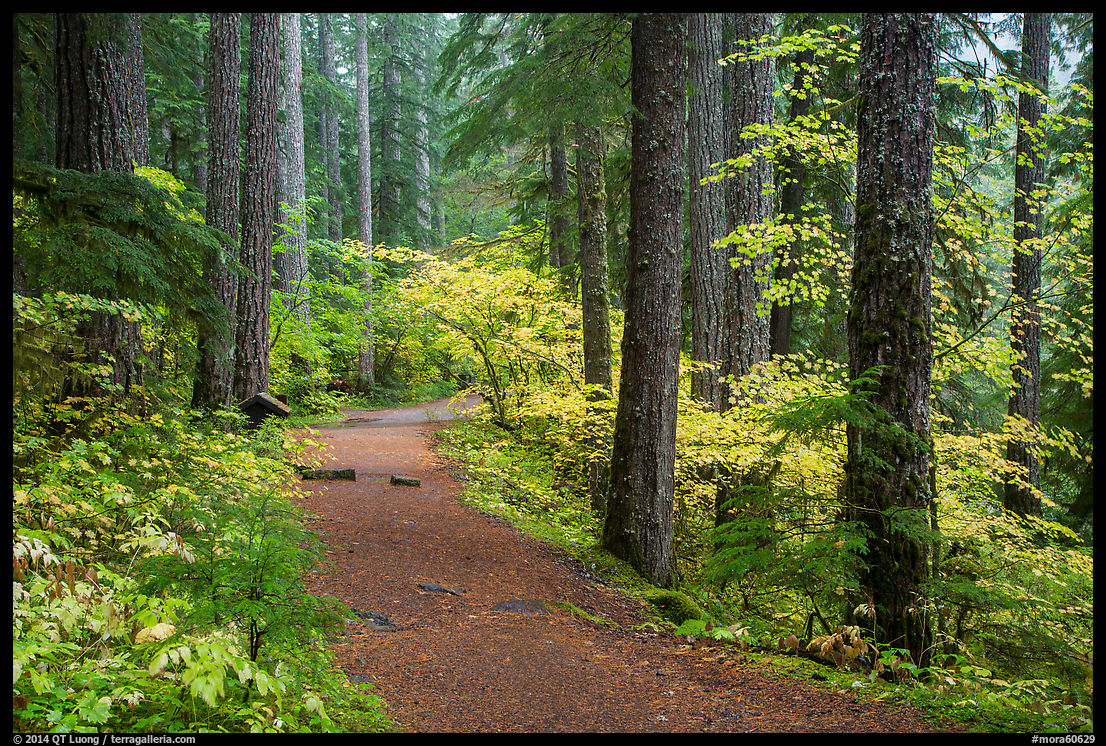
Put your skills to work
Creative and artist minds can contribute their skills directly to the parks through the Artist in Residence program, open to artists of all kinds, including visual artists, musicians, and writers. If you have the time, it offers a great opportunity to get yourself intimately acquainted with a place and share your work, with free lodging within a park, and sometimes a stipend. By drawing your inspiration from the parks, you can create something wonderful that will help in turn draw attention to the parks.Scientific minds can contribute their skills to the NPS vision of “parks for science and science for parks” via Research Learning Centers. The parks are great places to conduct research, and science helps the park by informing management decisions, which are critically important in a period of environmental changes.
If you want to be able to make a difference every day, and join a community truly dedicated to the parks, look no longer than the NPS current job listings. I learned recently that working at the NPS can be quite a sacrifice, as some rangers find themselves “paid in sunsets” and unable to pay rent or afford groceries. People of NPS were the first who received my acknowledgments in Treasured Lands, but I resolved to remember to thank each of them in person for doing their jobs when I visit the parks.
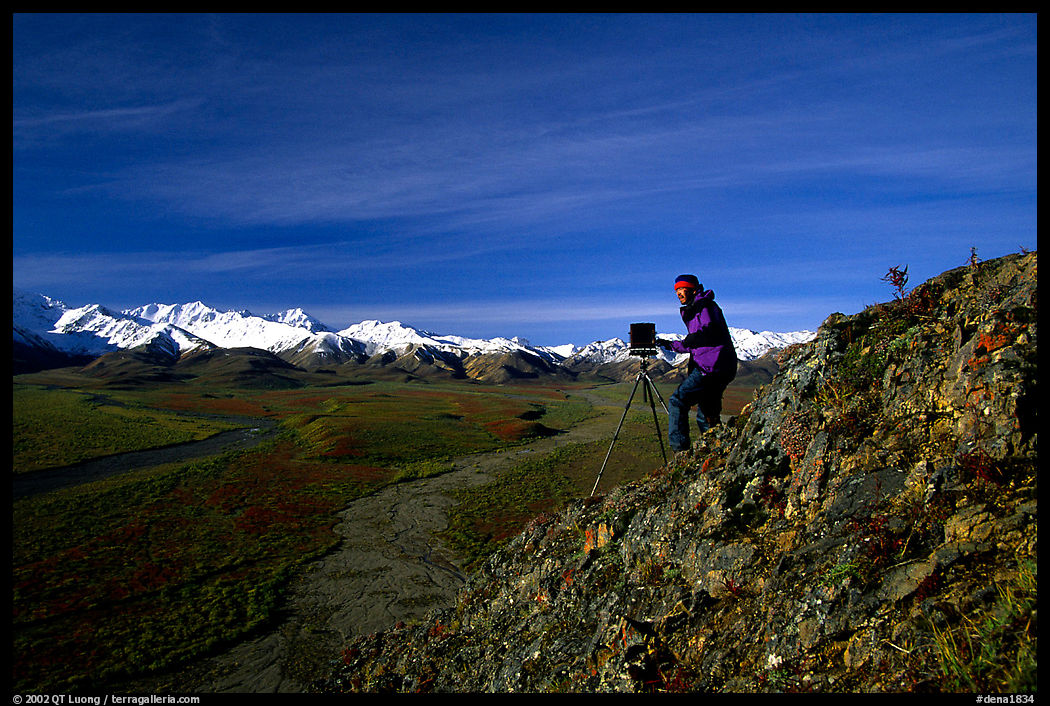
Depending on your time, resources, and abilities, there are many ways for you to make a difference for our parks. By taking action in some of the suggested ways, you are giving back to these treasured lands that have given us so much!


I volunteer.
https://flic.kr/s/aHskwd4p2e
earth day event at the Paterson Great Falls
Great!